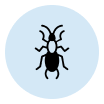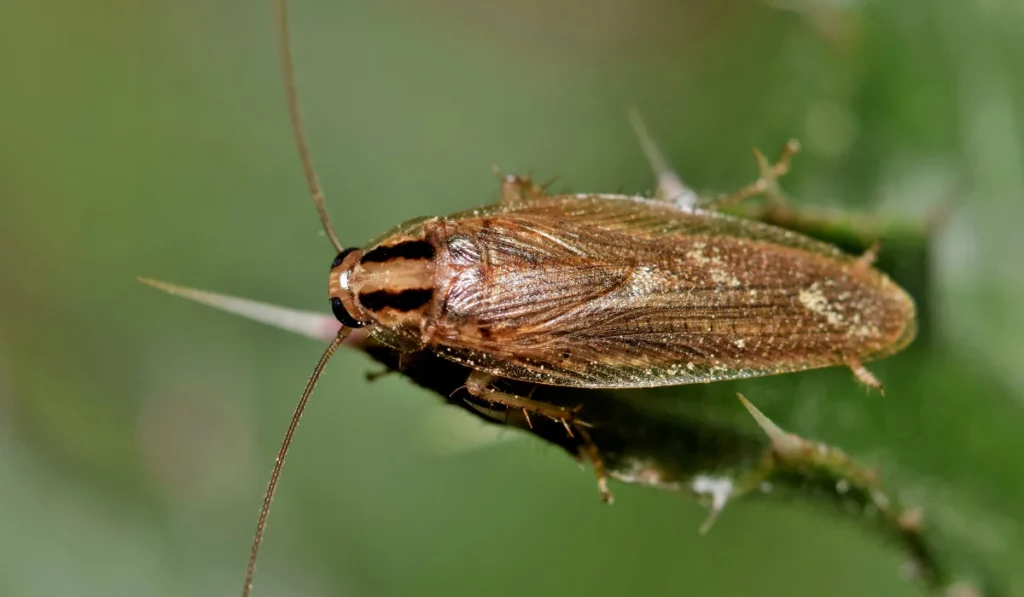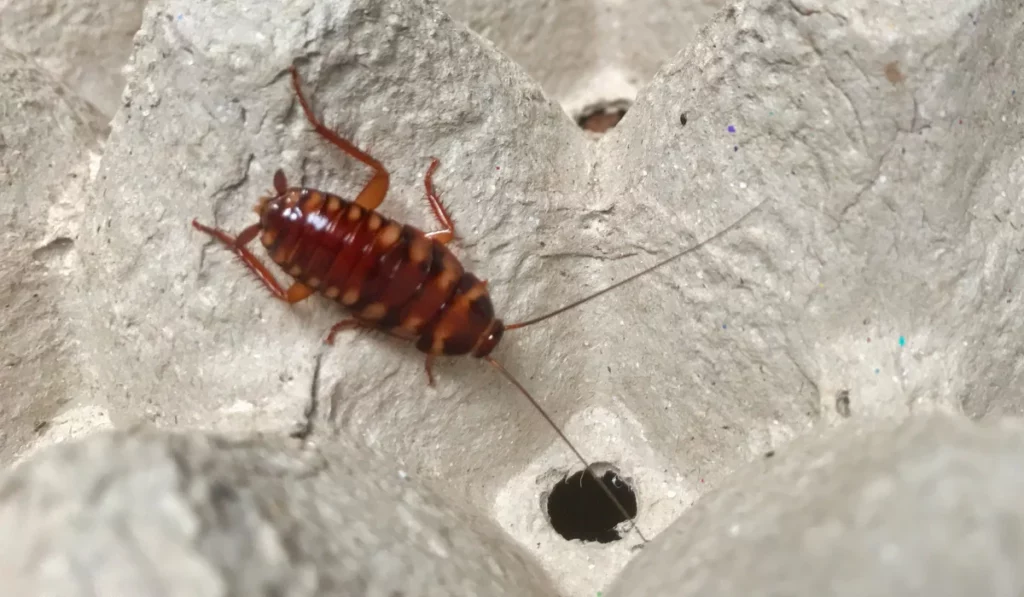Field mice are small rodents commonly found throughout California, from rural landscapes to urban neighborhoods. These rodents, including species like the deer mouse and the California mouse, can pose risks when they invade homes.
In this article, we’ll explore key facts about field mice, how to identify them, and effective treatment options to keep your home safe.
Key Takeaways
- Field mice are small, active rodents that can invade homes year-round and reproduce quickly in hidden spaces.
- They carry diseases, damage property, and can turn a small problem into a big infestation fast.
- Look for signs like droppings, gnaw marks, tracks, and nests made of shredded material.
- Professional pest control can remove mice, sanitize affected areas, and keep them from coming back.
What Are Field Mice?
Field mice are small, adaptable rodents that thrive across North America, including Southern California. These excellent climbers include several species within the genus Peromyscus, such as:
Deer Mouse
|
Recognizable by its two-tone coloration, dark brown upper body and white belly. |
California Mouse
|
The largest native mouse species in California, found in forests and chaparral regions. |
Western Harvest Mouse
|
Smaller and more secretive, often found in grasslands or fields. |
House Mice
|
While not true field mice, these small rodents are common invaders of human structures. |
Woodrat
|
Commonly called pack rats, these rodents build large nests and are prevalent in Southern California. |
They are known for their year-round activity and ability to reproduce quickly, with females producing multiple litters annually.
Why Are Field Mice a Problem?
Field mice may play a role in the ecosystem, but when they move into your home, they can create serious issues.
They carry health risks, spreading diseases like hantavirus, salmonella, and leptospirosis, and their urine and droppings can trigger allergies.
They’re also destructive, chewing on furniture, contaminating food, and damaging electrical wiring—which could eventually cause a fire. To make matters worse, these mice reproduce fast.
With a short gestation period and large litter sizes, a small mouse problem can quickly turn into a full-blown infestation.
Signs of a Field Mouse Infestation
If field mice invade your home, they leave telltale signs:
- Droppings: Tiny, pellet-like droppings around food storage areas.
- Gnaw Marks: Evidence of chewing on wires, furniture, and walls.
- Tracks: Small footprints or tail marks in dusty areas.
- Nests: Often constructed of shredded paper or fabric and located in hidden spaces.
How to Get Rid of Field Mouse in Your Home
DIY Solutions
If you’re dealing with a small mouse problem, here are a couple of DIY methods you can try:
- Snap Traps and Live Traps: Effective for small infestations if placed in areas with visible mouse activity.
- Ultrasonic Devices: These emit high-frequency sounds to repel rodents but may not work in all cases.
Professional Pest Control
If your infestation is extensive or recurring, consider professional pest control services. At Simple Pest Management, we provide comprehensive solutions to eliminate mice and prevent their return:
- Inspection: We’ll identify mouse species and problem areas, such as nests and food sources.
- Exclusion: Closing off potential entry points to keep mice out.
- Sanitation: Cleaning and disinfecting areas affected by droppings and nesting material.
Why Choose Pest Control for Field Mice?
Field mice are fascinating creatures with a crucial role in California’s ecosystem, but they can become a significant problem when they invade homes.
At Simple Pest Management, we specialize in controlling rodents like field mice. Serving areas like Sacramento and San Diego, we’re committed to providing safe, eco-friendly solutions to protect your home.
If you suspect a mouse infestation, don’t wait—contact us for expert help today!








